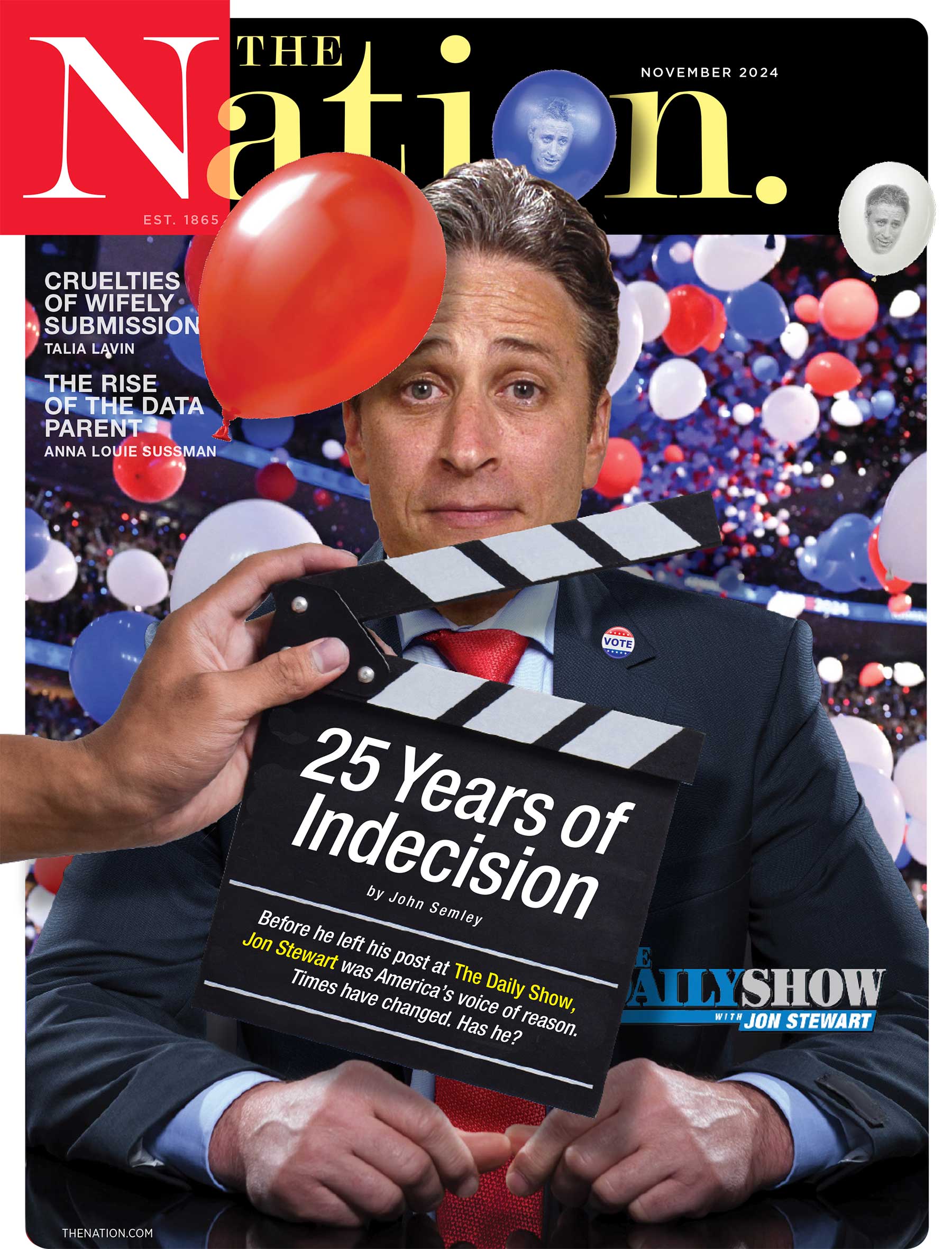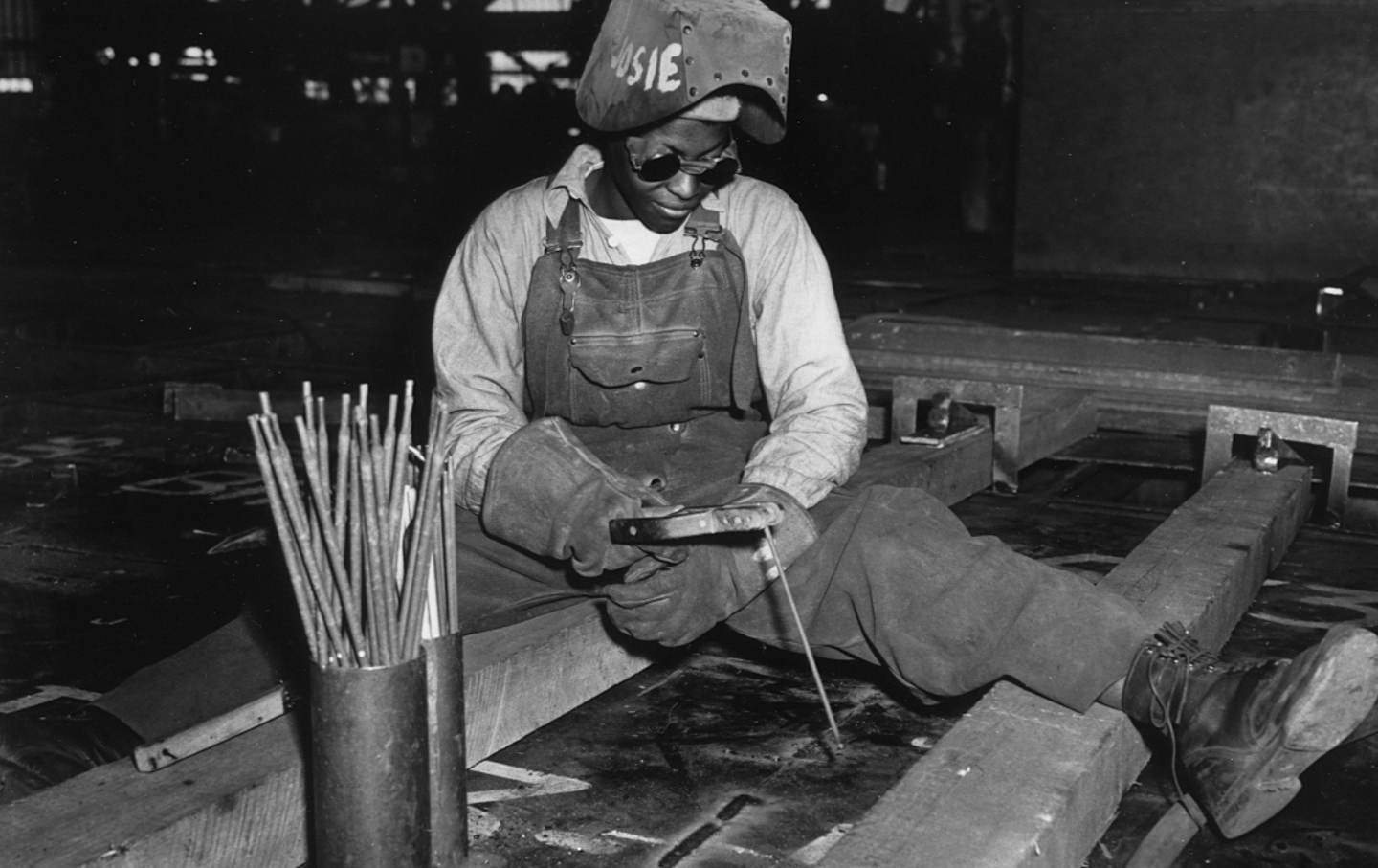
A Sweeping History of the Black Working Class
By focusing on the Black working class and its long history, Blair LM Kelley’s book, Black Folk, helps tell the larger story of American democracy over the past two and a half centuries.
The famous “I Have a Dream” speech, arguably the best-known public statement by Martin Luther King Jr., was given at the 1963 March on Washington for Jobs and Freedom. In it, King urged the nation on in tackling segregation and political inequality, but he also talked about economic injustice: How, he asked, could Black Americans continue to live “on a lonely island of poverty in the midst of a vast ocean of material prosperity”?
King was not alone in highlighting the economic disparities ravaging Black America on that day. The March on Washington, after all, was about jobs as well as freedom, and one of the themes that connected the plethora of speeches given by the leaders of the burgeoning civil rights movement was a concern about economic inequality and the desire to realize freedom in all the domains of life—not just politics and civil society. “Yes, we want a Fair Employment Practice Act,” thundered A. Philip Randolph, “but what good will it do if profit-geared automation destroys the jobs of millions of workers black and white?”
A socialist, Randolph always thought deeply about the relationship between race, labor, and class in American society. This—as well as how they relate to gender—sits at the heart of Blair LM Kelley’s book, Black Folk: The Roots of the Black Working Class. In this masterful analysis of US history, Kelley offers a new and refreshing perspective: While focused on the history of the Black working class in particular, she at the same time captures truths about the American past writ large: How the racialization of minority groups is intertwined with class; how capitalism extracts profits from labor; how the politics of race and class can clash within Black America; and even how the latest outbreak of the culture wars in the United States—over how to teach American history—is a dire threat to understanding this rich and variegated legacy. By focusing on the Black working class and its long history, Kelly helps tell the larger story of American democracy over the past two and a half centuries.
Kelley, who is currently the director of the Center for the Study of the American South at the University of North Carolina, has focused on Black and Southern history throughout her career. Her first book, Right to Ride: Streetcar Boycotts and African American Citizenship, discussed how the tactic of boycotting public transportation by Black Americans did not begin in Montgomery, Alabama. Instead, Kelley showed, the first campaigns started with streetcars in the 1890s and early 1900s and led to the Supreme Court taking up the Plessy v. Ferguson case of 1896.
Like Right to Ride, Black Folk offers a unique take on a familiar history, in part because it includes the personal narratives of members of Kelley’s own family tree. Beginning with a chapter on an enslaved ancestor named Henry, a blacksmith, she then tells us about her great-grandfather, Solicitor Duncan, and her grandfather, John Dee. Through their stories, Kelley personalizes the history of three generations of Black working-class men as they went from slavery and sharecropping in the Deep South to trying to make a living in World War II–era Philadelphia. From Reconstruction to Jim Crow, the Great Migration, and the Depression and New Deal era, Kelley details what remained continuous within Black working-class history and what did not.
Black history, Kelley notes, has not always been told as a story of the working class, but by doing so she reminds us of the centrality of labor to all of Black history. Charting the transition from slavery to freedom at the end of the Civil War and the formation of new labor regimes during the Reconstruction, Jim Crow, and New Deal periods, she also examines the ways in which the freedom to choose how and where one works was a central concern for Black Americans. While we tend to emphasize, in histories of the Reconstruction era, the political and social travails involved in extending voting rights to Black men, as well as the rise of Black politicians and the violent counterrevolution of the 1870s, Kelley also stresses that, on the ground across the South, the freedom most dear to Black Americans was the freedom to choose how to live their new lives—and that included how to make a living, too.
To understand Black religion, politics, and cultural creativity in the Reconstruction era, Kelley notes, one has to understand this struggle to find dignity and create the foundations of emancipation as one that was often centered on the labor Black Americans performed. No longer forced to work as slave labor for someone else, they now had to decide who they would work for—and how. That so many Black Americans saw their struggle for this more expansive understanding of freedom weakened—though not destroyed—by the rise of sharecropping helps explains why it remained such a defining issue for members of the Black working class.
As Kelley shows, Black working-class organizers and agitators, from railroad workers to those organizing within the US Postal Service, were on the front lines, pursuing not just higher wages or better working conditions but also civil rights reform. The rise of the Brotherhood of Sleeping Car Porters as an engine of social change is one of Kelley’s key examples. Formed by A. Philip Randolph in 1925, the union soon became a critical part of the Black struggle for civil and political rights in the 20th century, serving not only as the labor organization for railroad-car porters—one of the few decent-paying jobs available to Black men in the early to mid-20th century—but also a conduit connecting Black Americans north and south, east and west, via America’s rail lines to advance a general program of emancipation and racial equality.
Not all of Black America agreed with the union’s radical bent. Kelley describes attempts by The Chicago Defender, the famed Black-run newspaper that spurred many Black Americans to join the Great Migration north, to weaken the brotherhood due to the paper’s skepticism toward labor organizing. Randolph and the working-class members of the brotherhood, however, could give as well as they got: Randolph would sometimes refer acidly to the Defender as “the Surrender.”
Alongside Kelley’s discussions of work, she also offers a careful reading of the important role that gender plays in the history of the Black working class. Telling the story of washerwomen like Sarah during the Great Depression, she puts Black women at the center of her history and, in this way, joins the illustrious company of historians like Tera Hunter, the author of To ’Joy My Freedom, who wrote about Black women’s lives in the Deep South in the post-Reconstruction era and offered a study of how race, gender, and labor intersected in ways that many Americans have never learned about.
Hunter was interested in how Black working-class women—often erased from the broader narratives of gender and labor in American history—found ways to organize in order to create an economic and social space in which they could survive and even thrive. Expanding on Hunter’s work, Kelley examines how Black working-class women, from Rosa Parks to Fannie Lou Hamer, not only sought to transform their workplaces but also became an integral part—if not sometimes the integral part—of the larger struggles of Black Americans during the civil rights era.
Connecting the struggle of working-class women to the history of those struggling for Black freedom, Kelley also makes it clear that it was often not the “talented tenth” of Black middle-class intellectuals and activists who helped break the grip of segregation over the South, but rather working-class Black Americans. The reader of Black Folk can only be humbled by the hard work of washerwomen in the South in the late 19th century—and domestic servants throughout the country in the 20th century—in their efforts to secure their own economic rights in spite of tremendous pressure not to do so. And that reader will also begin to see how these working-class actions established a pattern for the civil rights movement in the 1950s and ’60s. The working-class women that Kelley chronicles in this book did more than just make “space for their families,” she explains; they also pursued a political struggle “for their rights, for their dignity, and for one another.”
Such working-class solidarity repeatedly showed itself throughout the second half of the 20th century. When Randolph and King led the call for a Freedom Budget in 1966 to address the plight of the poor, they sought a solution that would benefit not just Black Americans but all members of the working class, regardless of race. “The tragedy,” Randolph wrote in his introduction to the budget, “is that groups only one generation removed from poverty themselves, haunted by the memory of scarcity and fearful of slipping back, step on the fingers of those struggling up the ladder.” Randolph acknowledged that many in the working class—especially, but not only, the Black working class—knew that they were one financial disaster away from being poor themselves.
As Kelley points out in her conclusion, what these activists had long recognized was that the plight of the Black working class was often shared by the working class as a whole. This simple truth was made plain during the early days of the Covid-19 pandemic and Donald Trump’s administration. Yet, as Kelley also notes in the final pages of her book: “The Trump-caused obsession with the white working class…has obscured the reality that the most active, most engaged, most informed, and most impassioned working class in America is the Black working class.” It is this element of the American body politic that has, in the past, tended to offer the most hope in trying times. As the son of Black working-class people, I can say that this is true today too.
We cannot back down
We now confront a second Trump presidency.
There’s not a moment to lose. We must harness our fears, our grief, and yes, our anger, to resist the dangerous policies Donald Trump will unleash on our country. We rededicate ourselves to our role as journalists and writers of principle and conscience.
Today, we also steel ourselves for the fight ahead. It will demand a fearless spirit, an informed mind, wise analysis, and humane resistance. We face the enactment of Project 2025, a far-right supreme court, political authoritarianism, increasing inequality and record homelessness, a looming climate crisis, and conflicts abroad. The Nation will expose and propose, nurture investigative reporting, and stand together as a community to keep hope and possibility alive. The Nation’s work will continue—as it has in good and not-so-good times—to develop alternative ideas and visions, to deepen our mission of truth-telling and deep reporting, and to further solidarity in a nation divided.
Armed with a remarkable 160 years of bold, independent journalism, our mandate today remains the same as when abolitionists first founded The Nation—to uphold the principles of democracy and freedom, serve as a beacon through the darkest days of resistance, and to envision and struggle for a brighter future.
The day is dark, the forces arrayed are tenacious, but as the late Nation editorial board member Toni Morrison wrote “No! This is precisely the time when artists go to work. There is no time for despair, no place for self-pity, no need for silence, no room for fear. We speak, we write, we do language. That is how civilizations heal.”
I urge you to stand with The Nation and donate today.
Onwards,
Katrina vanden Heuvel
Editorial Director and Publisher, The Nation
More from The Nation
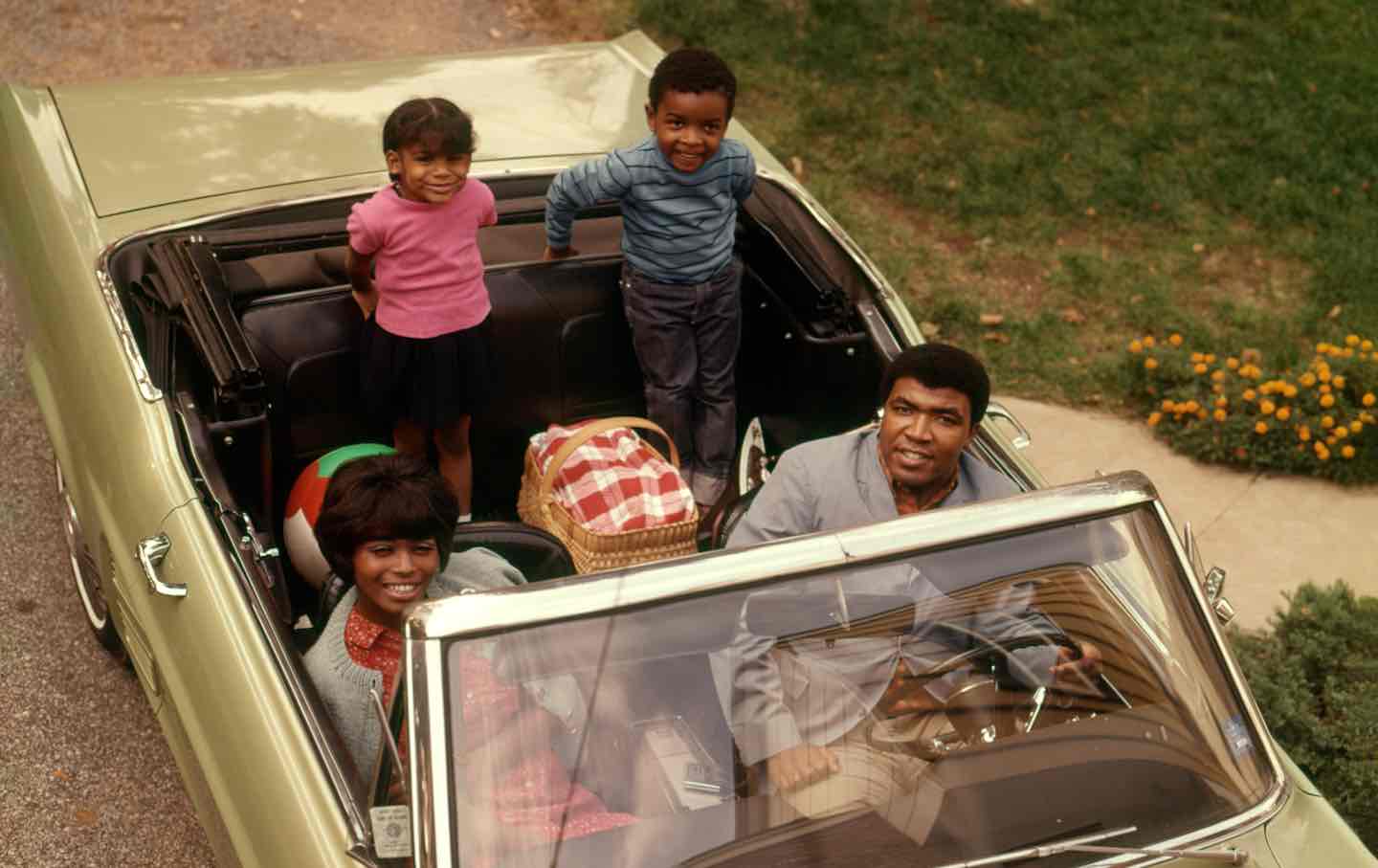
The Perils of a Post-Racial Utopia The Perils of a Post-Racial Utopia
In Nicola Yoon’s One of Our Kind, a dystopian novel of a Black upper-class suburb’s secrets, she examines the dangers of choosing exceptionalism over equality.
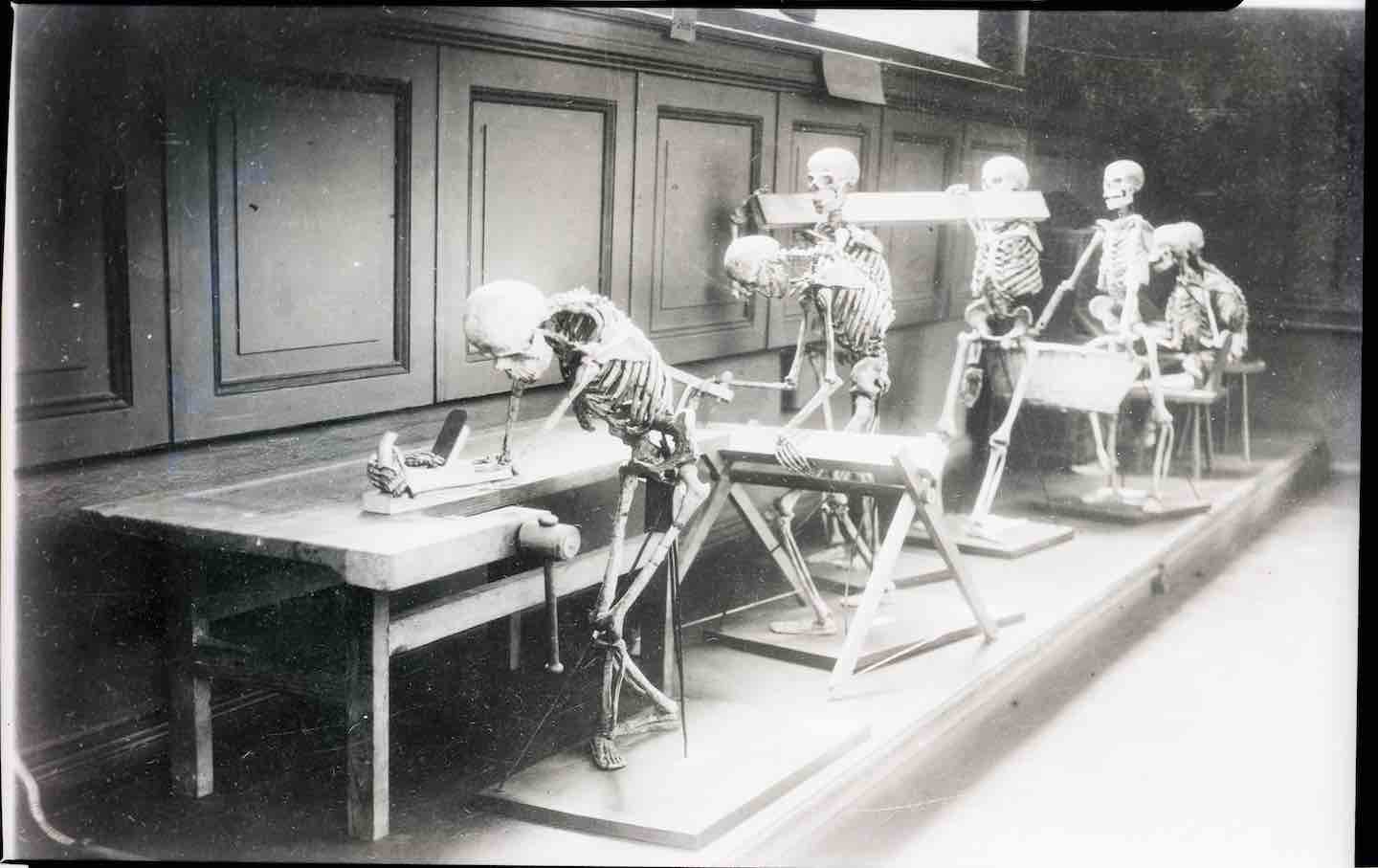
Why Americans Are Obsessed With Poor Posture Why Americans Are Obsessed With Poor Posture
A recent history of the 20th-century movement to fix slouching questions the moral and political dimensions of addressing bad backs over wider public health concerns.
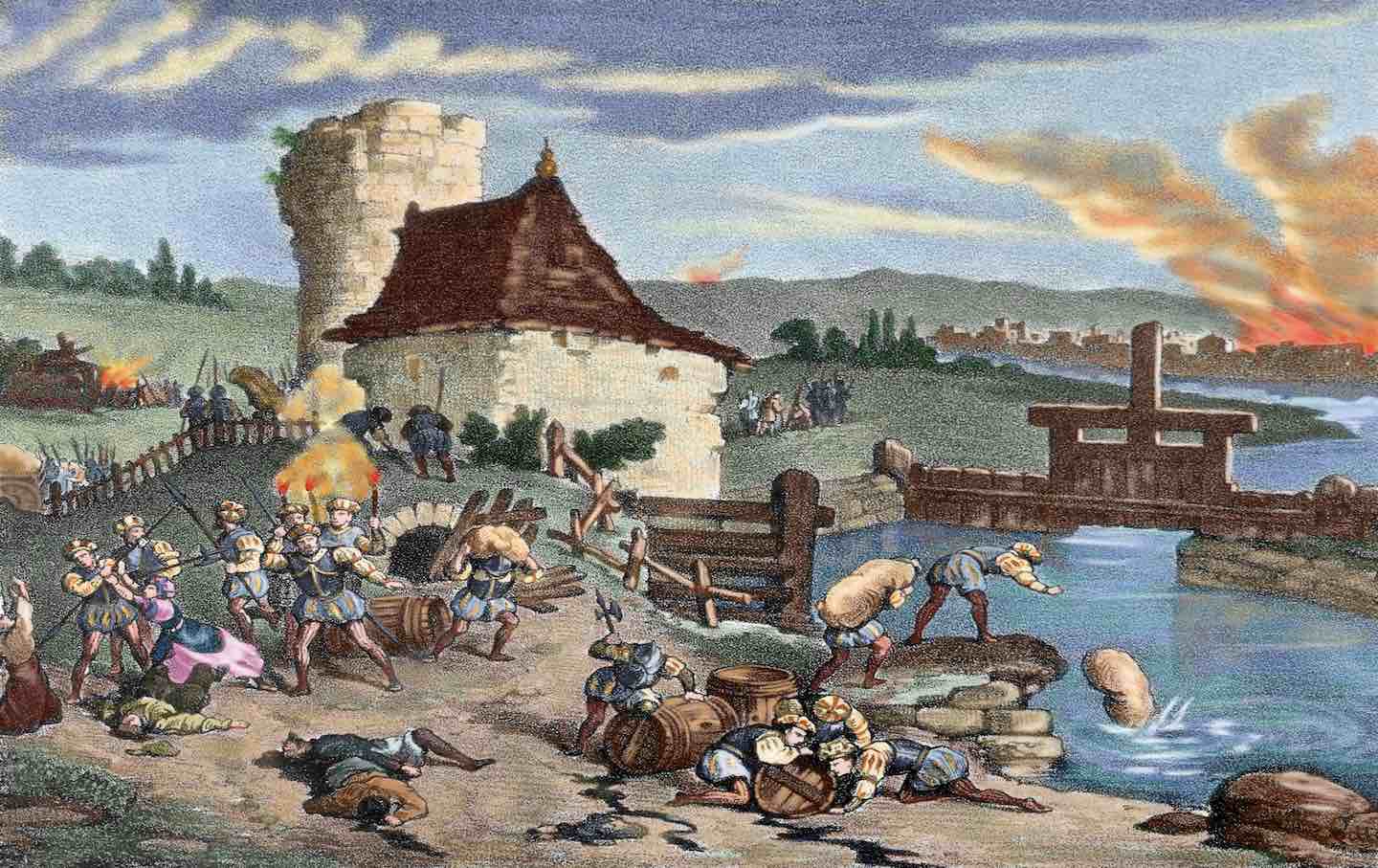
Thomas Müntzer’s Misunderstood Revolution Thomas Müntzer’s Misunderstood Revolution
A recent biography of the German preacher and leader of the Peasants’s War examines what remains radical about the short-lived rebellion he led.
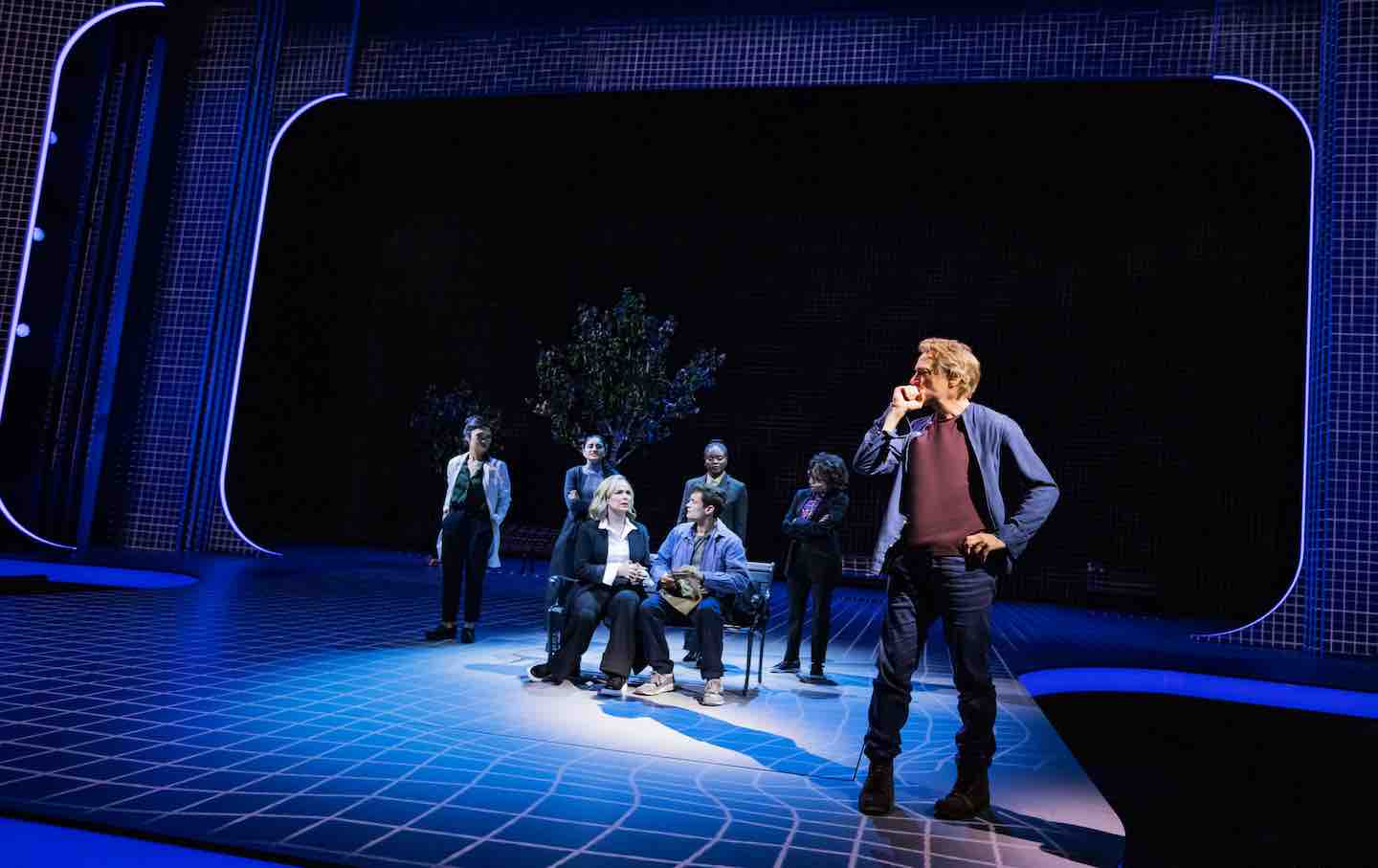
Is It Possible to Suspend Disbelief at Ayad Akhtar’s AI Play? Is It Possible to Suspend Disbelief at Ayad Akhtar’s AI Play?
The Robert Downey Jr.–starring McNeal, which was possibly cowritten with the help of AI, is a showcase for the new technology’s mediocrity.
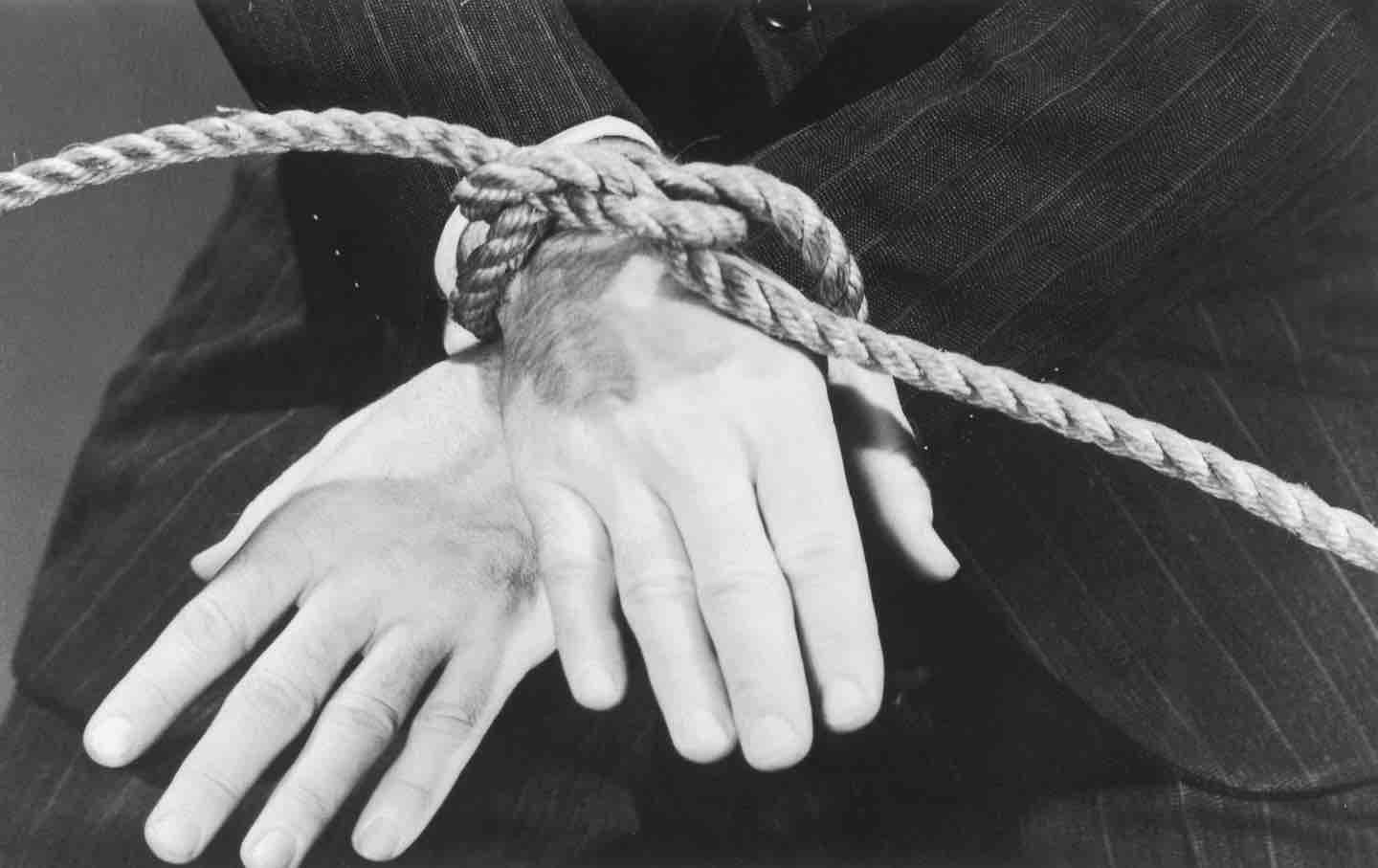
Possibility, Force, and BDSM: A Conversation With Chris Kraus and Anna Poletti Possibility, Force, and BDSM: A Conversation With Chris Kraus and Anna Poletti
The two writers discuss the challenges of writing about sex, loneliness, and the new ways novels can tackle BDSM.

Lore Segal’s Stubborn Optimism Lore Segal’s Stubborn Optimism
In her life and work, she moved through the world with a disarming blend of youthful curiosity and daring intelligence.
